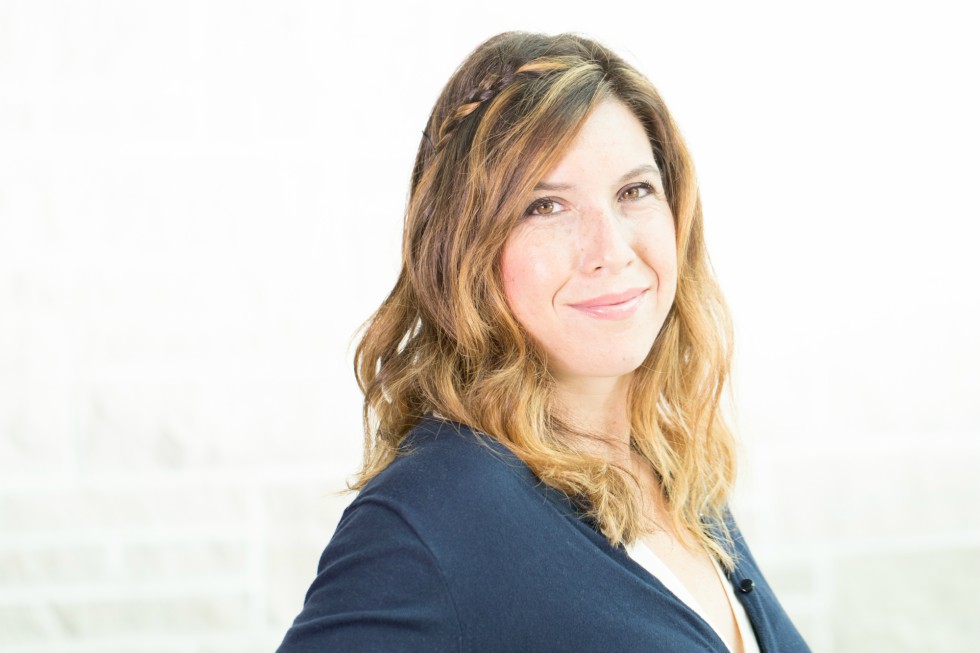Using participatory research to empower Indigenous communities

February 9, 2018
When Chelsea Gabel, McMaster’s new Canada Research Chair in Indigenous Well-Being, Community Engagement and Innovation, started working with Health Canada’s First Nations and Inuit Health Branch following her master’s degree, she noticed something disturbing: there were no Indigenous people working on health policy for Indigenous communities.
Far from being a simple oversight, that gap had life-or-death consequences for communities across Canada. “These policies were very dated,” Gabel explains. “They were supposed to make communities healthier, they were supposed to improve mental health – yet we still had the highest suicide rate in the whole country, widespread mental-health challenges, and issues with chronic conditions like diabetes.”
Gabel, who is Métis from Rivers, Manitoba, decided to tackle the issue head-on by pursuing a graduate degree to look more closely at indigenous health policies and their effect on communities – and how to change them for the better.
While completing her PhD in comparative public policy at McMaster, Gabel compared programs and policies in Manitoba and Ontario: assessing how communities felt about the programs, whether policies actually improved health outcomes and what needed to change.
“We kept seeing all these ‘one size fits all’ policies that are supposed to improve the health and well-being of communities across Canada,” she says. “They didn’t take into account that communities are very different – some are rural, some are urban. A single policy was not going to serve the needs of all Indigenous people in Canada.”
As she continued her work, completing a postdoc in McMaster’s department of Health, Aging and Society, she also realized that how research was being done in Indigenous communities was as important as the results that were obtained. With a history of researchers “helicoptering” into Indigenous communities and conducting studies with little collaboration or follow-up with their subjects, Gabel knew she had to do things differently.
“I do community-based participatory research, which means working with communities on projects and research that are beneficial to them,” she says. “It’s the communities that drive the research process and determine how I can support conversations and things they’re working on already. We’re engaging partners and communities in things that are important to them.”
One of Gabel’s recent projects involved using photovoice a qualitative research method where participants document their responses to research questions through photography — to explore intergenerational relationships in St. Lewis, Labrador. Combined with one-on-one interviews and a group discussion – over a potluck meal, rather than a traditional focus group – the photovoice project demonstrated that strong relationships between seniors and youth contributed to the overall health of the community. Those findings could be used inform policies or interventions that strengthen those types of relationships in other areas – but how the data gets used is up to the community.
“I used OCAP – which means ownership, control and access – as a starting point,” Gabel explains. “This means communities have ownership over their data, they have control over the research process, they have access to the information about them, and they can actually physically possess the data and do what they want with it, telling the researcher the way they want the data used. It’s intense.”
Recently, Gabel has shifted her research focus from health policy to technology, investigating, with the help of funding from the Social Sciences & Humanities Research Council of Canada (SSHRC), the role of online voting in First Nations communities. The project brings together academic, community, government, non-government, and industry partners, and uses this partnership to address a number of substantial gaps in the knowledge of Indigenous civic and electoral engagement, self-determination, and local governance, as well as the impact of digital technology.
But there’s more to the work than simply counting the number of people who click an online poll. In this case, technology is enabling a much bigger shift than just a change in voting habits: the sense of greater self-determination, well-being and independence that comes from a community coming together to ratify legislation like constitutions, matrimonial property laws and land codes.
“All of these things are ways to get out from under the Indian Act and be more self-determined and less government controlled,” she says. “People had been making decisions for these communities without their input – and now the communities are taking control and developing their own laws and policies. And online voting is helping them do that.”
And while the issues she saw in Indigenous communities early in her career – high suicide rates, mental-health issues and other challenges – are still very real, Gabel is encouraged by what she’s seen in her work on online voting.
“We can’t disregard the sad news from Indigenous communities, and we desperately need programming and policy change,” she says. “But it’s important to also look at the strengths of communities and the positive things that are going on. There are so many good things in terms of how communities are developing their own laws, constitutions, and policies and programs on their own.”


